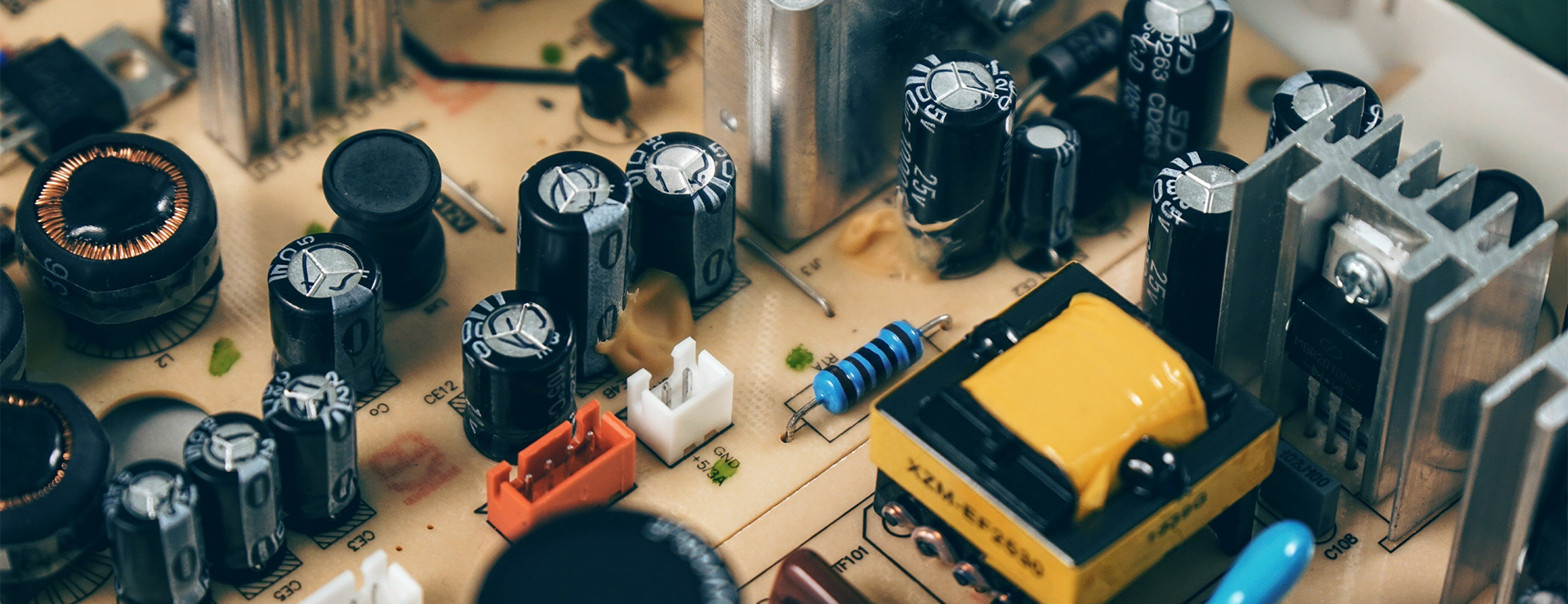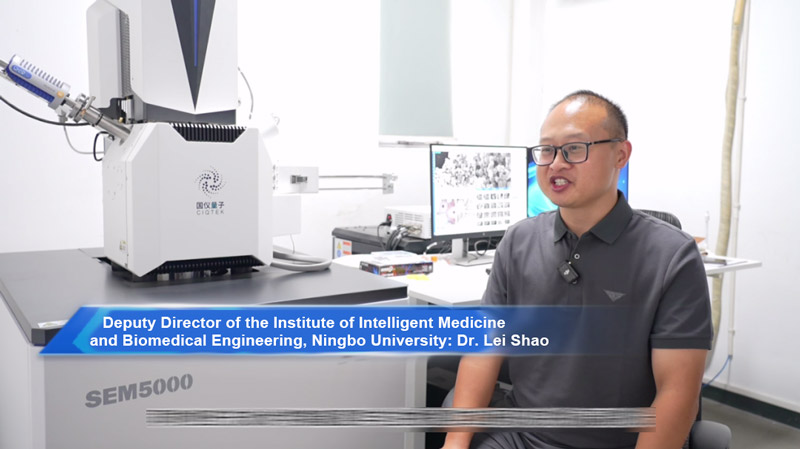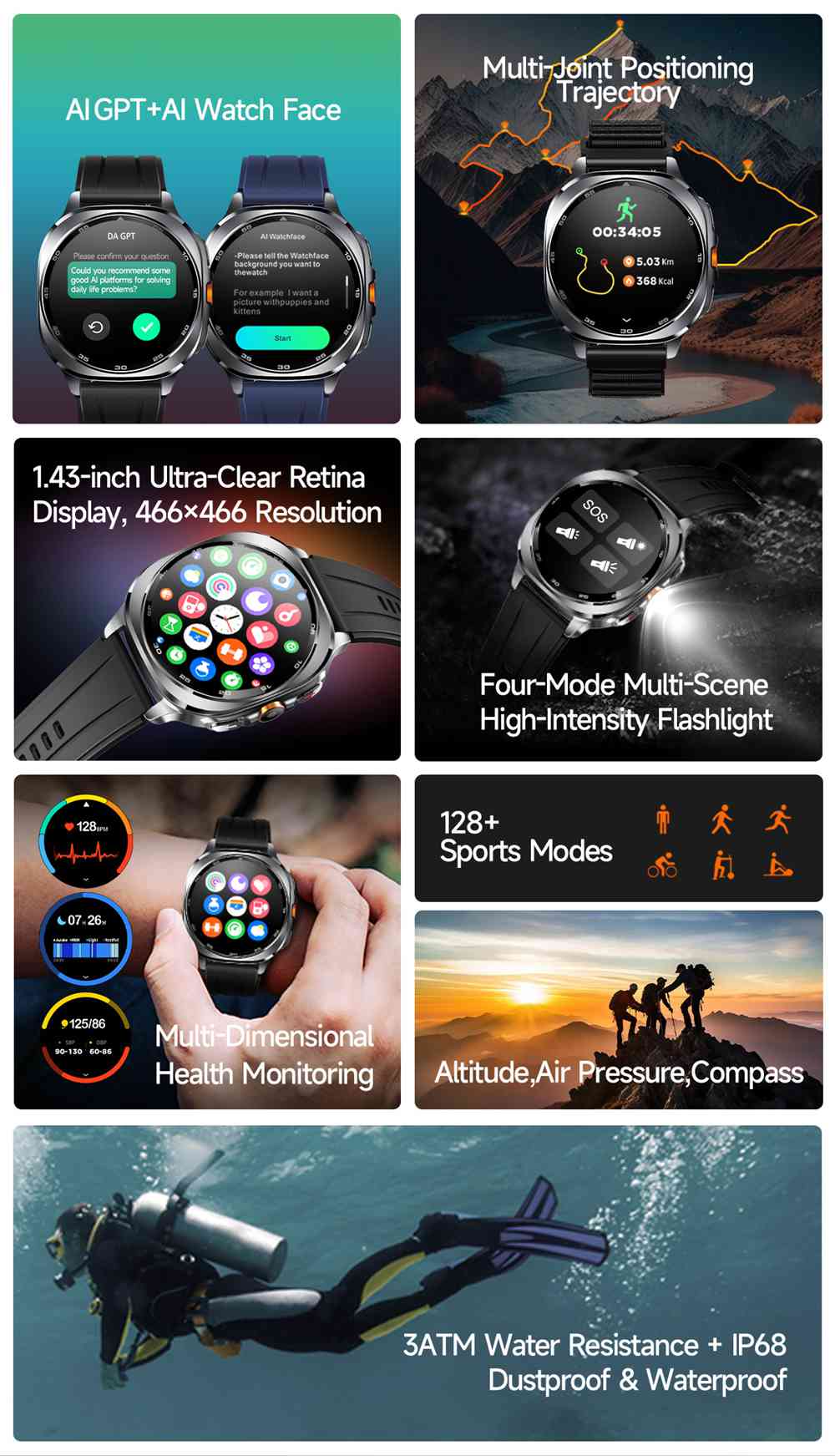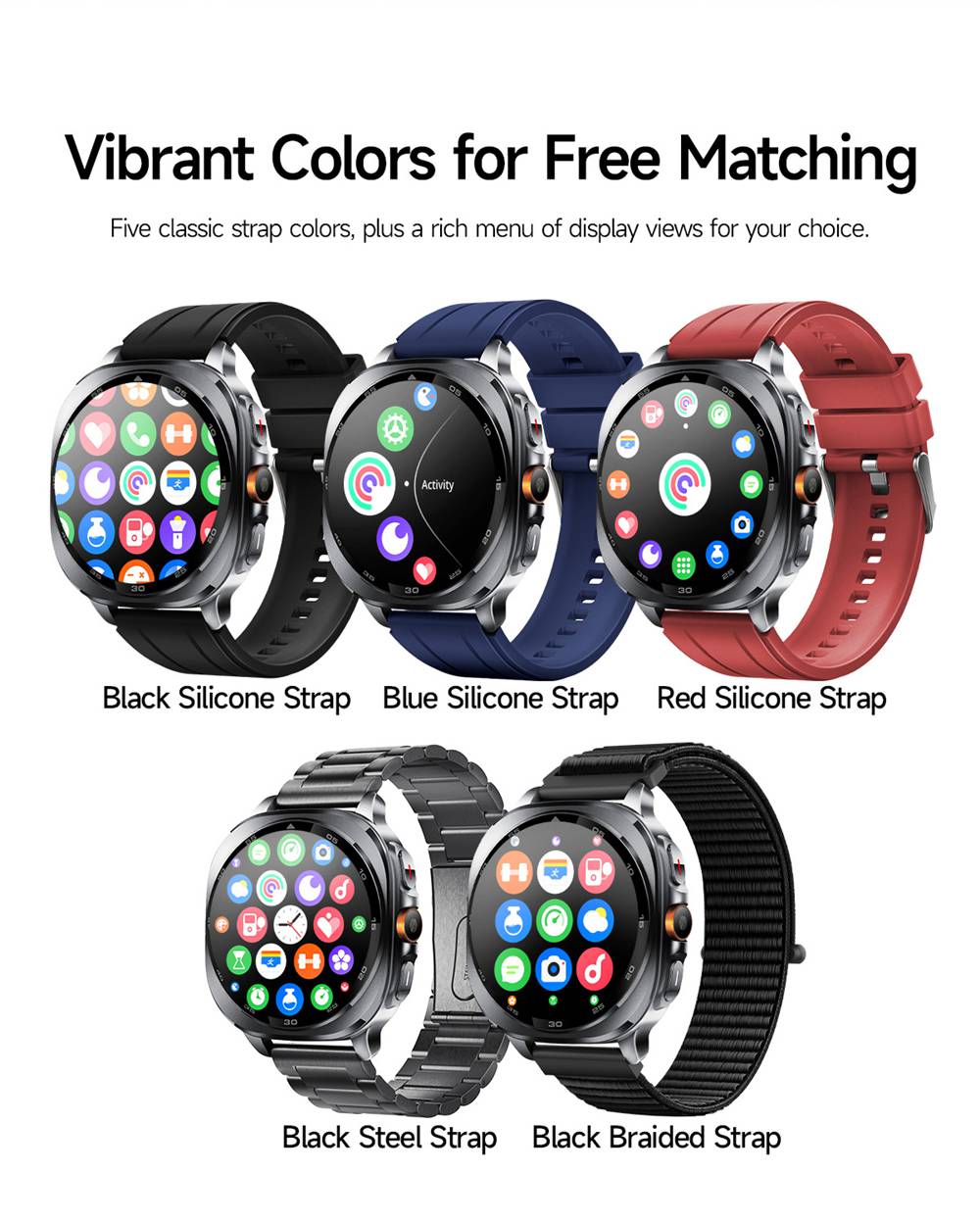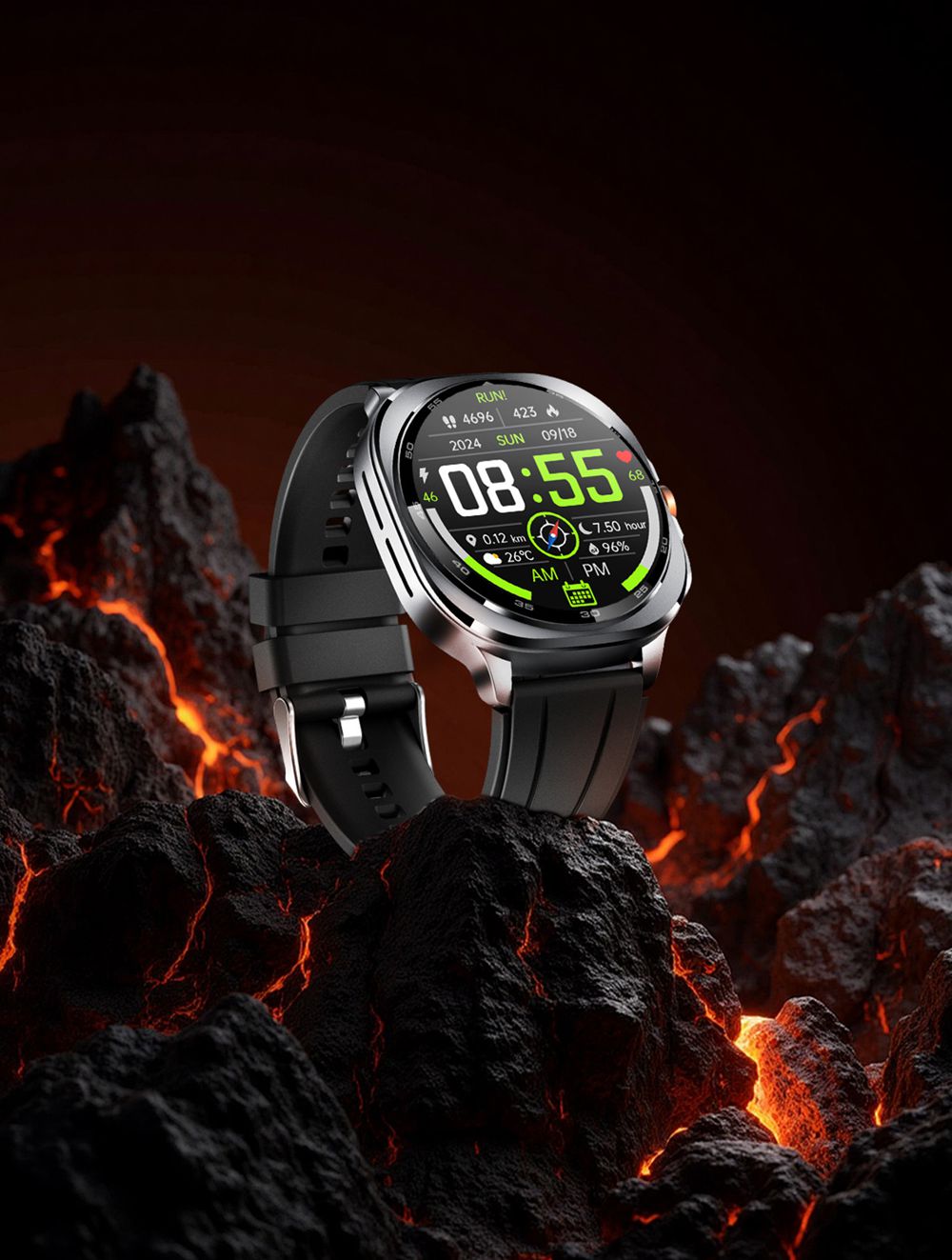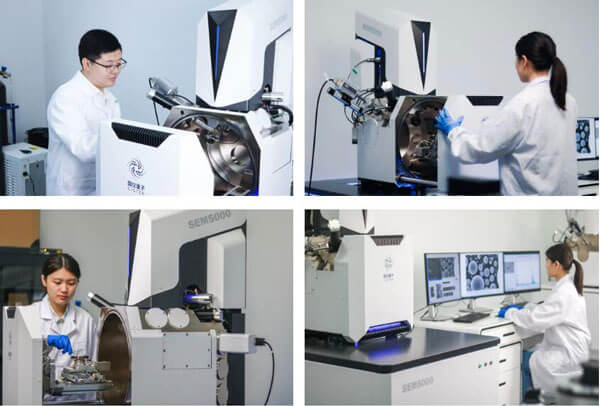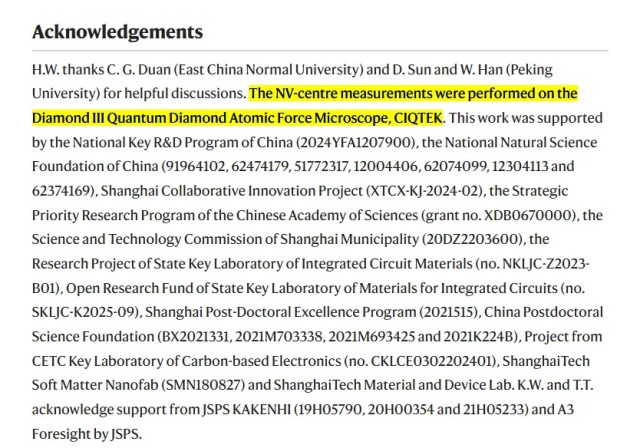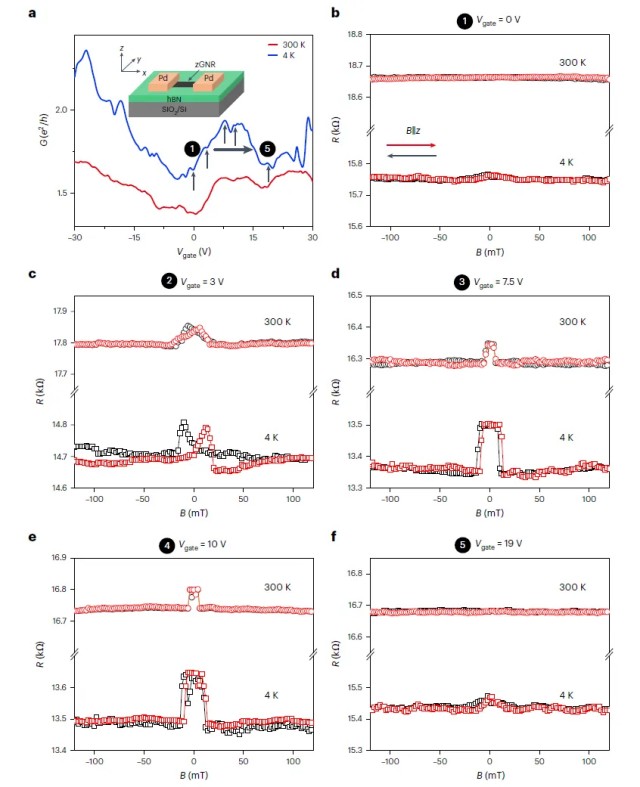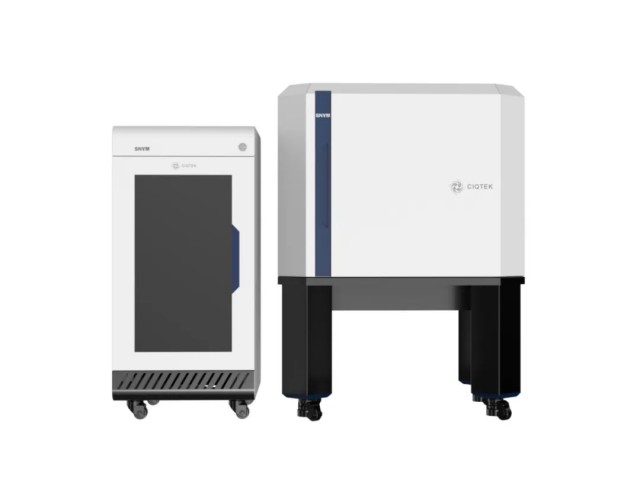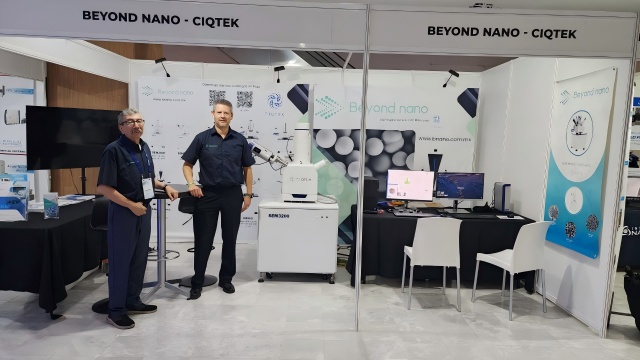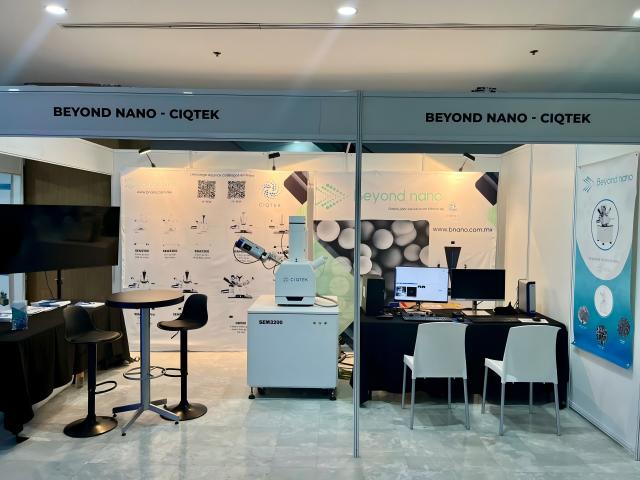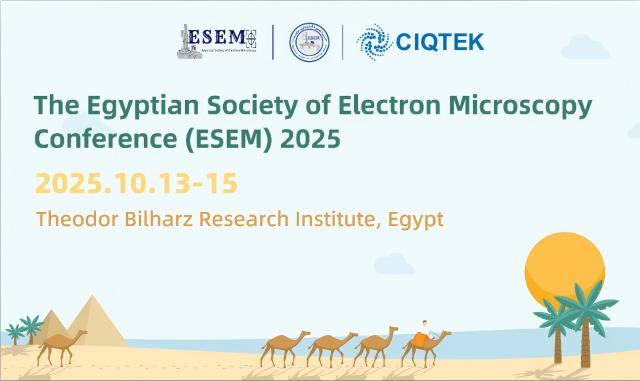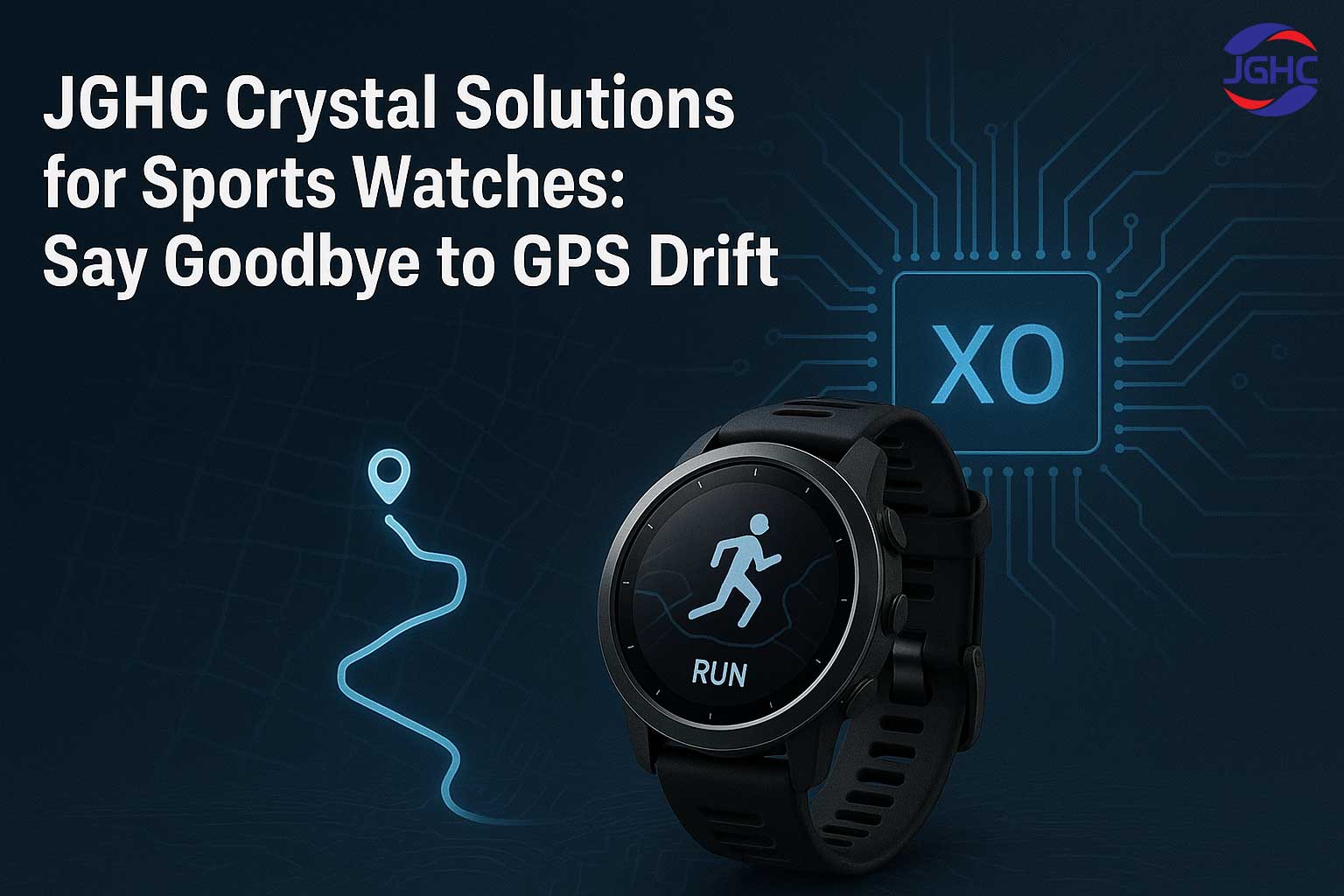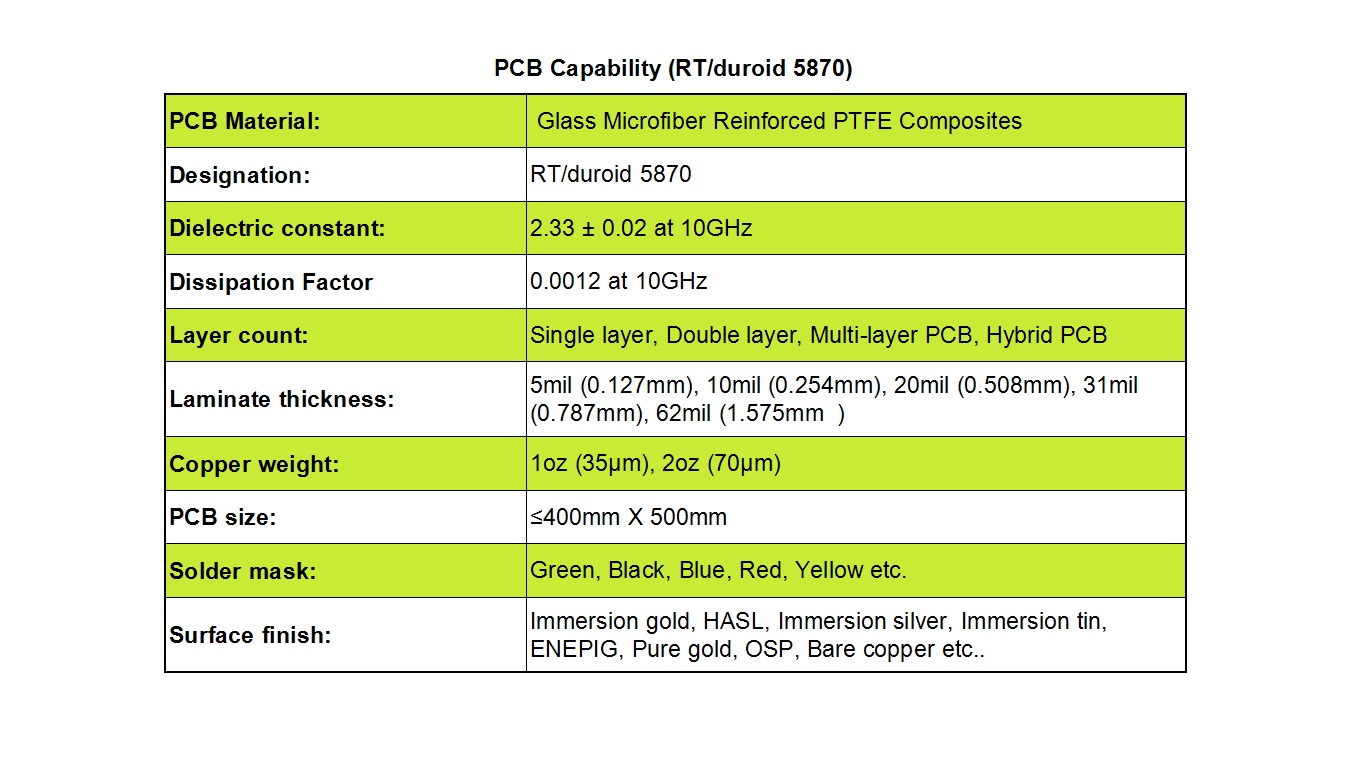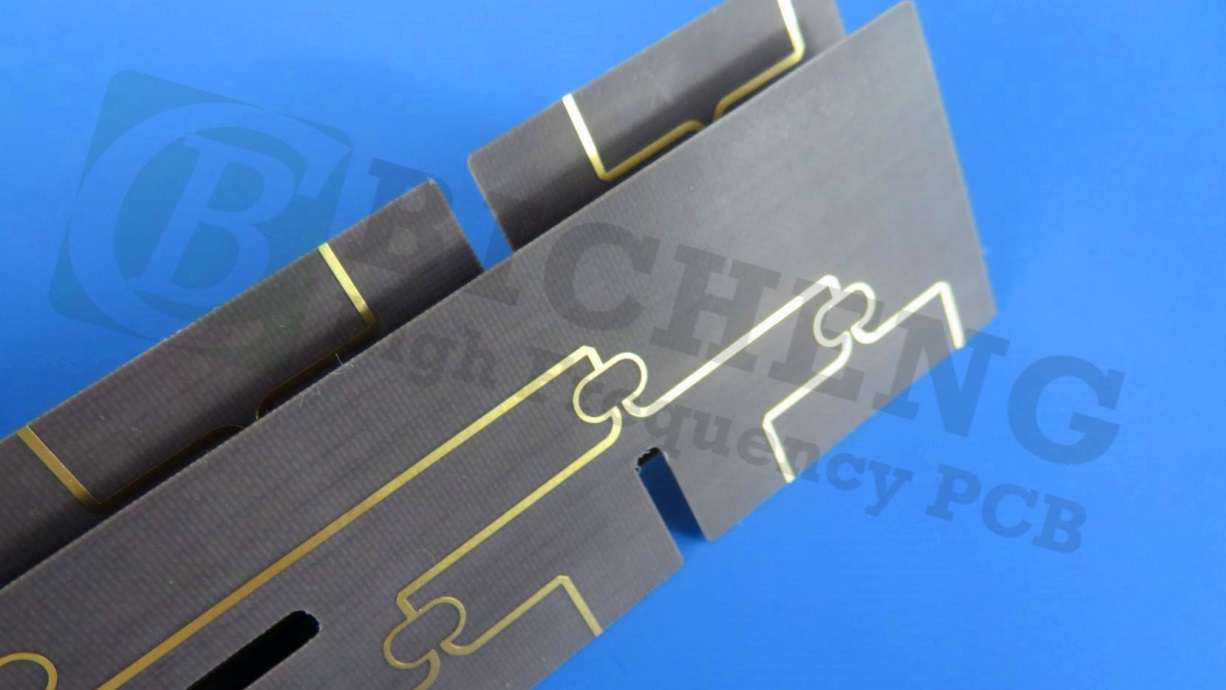From Biomanufacturing to 3D Printing CIQTEK SEM Powers Breakthroughs at Ningbo University
Pushing the Frontiers of Bioprinting with CIQTEK SEM
At Ningbo University’s Institute of Intelligent Medicine and Biomedical Engineering, researchers are tackling real-world medical challenges by merging materials science, biology, medicine, information technology, and engineering. The Institute has quickly become a hub for wearable and remote healthcare innovations, advanced medical imaging, and intelligent analysis, intending to turn lab breakthroughs into real clinical impact.
Recently, Dr. Lei Shao, Executive Vice Dean of the Institute, shared highlights of his research journey and how CIQTEK's cutting-edge SEM is fueling his team’s discoveries.
CIQTEK SEM at Ningbo University’s Institute of Intelligent Medicine and Biomedical Engineering
Printing the Future: From Miniature Hearts to Vascular Networks
Since 2016, Dr. Shao has been pioneering biomanufacturing and 3D bioprinting, with the goal of engineering living, functional tissues outside the human body. His team’s work spans from 3D-printed miniature hearts to complex vascularized structures, with applications in drug screening, disease modeling, and regenerative medicine.
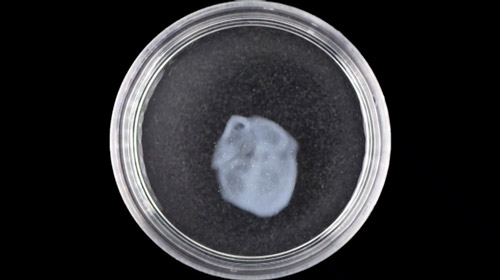 A 3D-printed miniature heart
A 3D-printed miniature heart
Backed by funding from the National Natural Science Foundation of China and local research agencies, his lab has introduced several breakthroughs:
-
Smart bioprinting strategies: Using fluid rope-coiling effects with coaxial bioprinting to fabricate microfibers with controlled morphology, enabling the creation of vascular organoids.
-
Cryopreservable cell microfibers: Developing standardized, scalable, and cryopreservable cellular microfibers through coaxial bioprinting, with high potential for 3D cell culture, organoid fabrication, drug screening, and transplantation.
-
Sacrificial bioinks: Printing mesoscopic porous networks using sacrificial microgel bioinks, building nutrient pathways for effective oxygen/nutrient delivery.
-
Complex vascular systems: Constructing complex vascular networks with coaxial bioprinting while inducing in-situ endothelial cell deposition, solving challenges in vascularization of complex structures.
-
Anisotropic tissues: Creating anisotropic tissues using shear-oriented bioinks and pre-shearing printing methods.
-
High-cell-density constructs: Proposing an original liquid-particle support bath printing technique for high-cell-density bioinks, achieving lifelike bioactive tissues while overcoming the long-standing trade-off between printability and cell viability in extrusion-based bioprinting.
These advances are paving the way toward functional, transplantable tissues, and potentially even engineered organs.
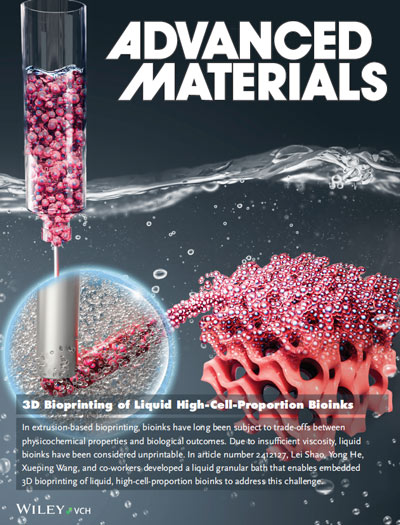
Accelerating Discovery with CIQTEK SEM
With science advancing rapidly, biomedical research stands at the forefront of innovation. Higher efficiency often leads to greater breakthroughs. According to Dr. Shao, scanning electron microscopy (SEM) is one of the most indispensable scientific instruments at the Institute. Since adopting CIQTEK’s field-emission SEM, research efficiency and innovation at the Institute have advanced significantly.
“In the past, we had to send samples to other labs and often waited in long queues, which slowed down our research,” Dr. Shao explained. “Now, with CIQTEK’s SEM in-house, we can capture stunning details of biological materials, from 10 nm hydrogel particles to nanofiber networks inside composite hydrogels. The clarity is game-changing.”
The results speak for themselves: multiple high-impact publications on vascularized tissues, drug carriers, and biomaterials have already stemmed from this work.
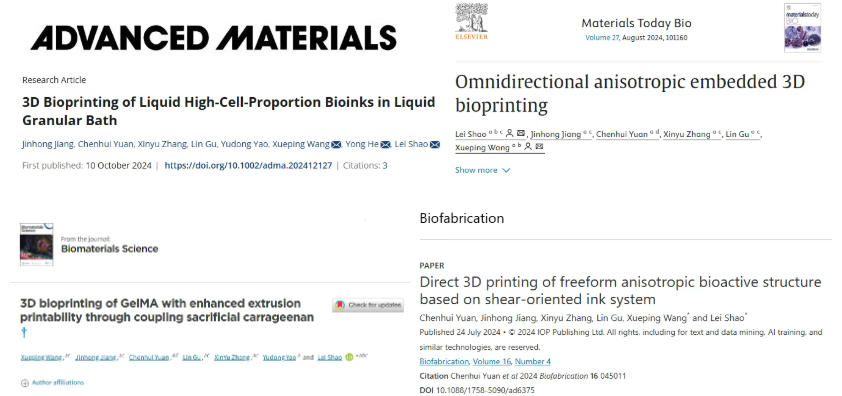 Selected publications
Selected publications
For Dr. Shao, the instrument has become more than a microscope:
“It’s an accelerator for innovation, helping us move faster from fundamental research to practical applications.”
From miniature 3D-printed hearts to the nanoworld revealed by SEM, Ningbo University’s Institute of Intelligent Medicine is proving how cross-disciplinary innovation can reshape the future of healthcare.
